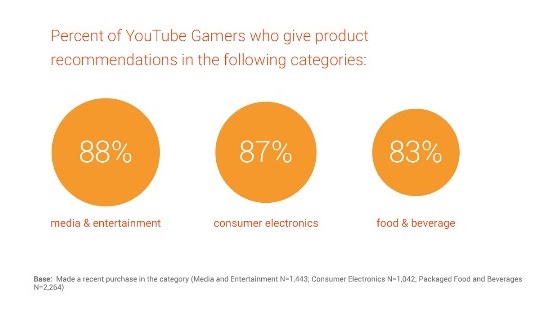According to a recent research study from Nielsen, for 18-49 year olds time spent watching TV fell by almost 10% while time spent on YouTube jumped up 44% from December 2013 to December 2014. There is certainly a shift. One may think that a video is a video on any screen it runs ... and that video is helping digital and traditional worlds to converge. Alternatively, some may think with the added complexity of screens and video formats, this is a total transformation. Convergence or transformation? We can theorize forever. But if we really want to understand video in 2016 there’s really only one place to go -- to the consumer.
Sounds genius, right? It is a very simple and old principle, but we seem to forget it quite often and instead rely on our own theories. So how does the year of video look like if one looks at it from a consumer perspective?
Consumers have made new genres their favorite, and these new genres are sometimes different from what you and I have known about. Sure, "The X-Files" tried to make a comeback, but some of the new popular content is nothing like what we grew up with.
For instance, let’s talk about gaming -- a new genre of online content. As a Gen X-er I grew up playing consumer games on my Commodore 64. The Millennials not only play games but also watch content that relates to games on YouTube. Gamers not only watch gaming videos but also share them and comment on them, and some even create their own, too. They engage with the rest of the gaming community. What do you really know about gamers? In a recent study we conducted by Ipsos and Google among gamers, when it comes to their purchases they were not only more likely to be influenced by videos they viewed on YouTube, but they were also more likely to tell others about products and services they recommended.

Yes, a video is a video, but … how can brands understand and spur results in a world that seems infinitely different? Let’s start with reaching audiences at scale and driving value. A great thing about YouTube is it not only allows brand marketers to do this, but it also allows quick ways to find answers to calibrate their videos for their audiences. A great example of this is the experiment L’Oreal conducted in partnership with Google to examine which video format did the most to build their brand. In comparing three types of video treatments (a glossy :30 TV-like ad, a 3-minute makeup tutorial with a beauty blogger, and a :60 scrappy UGC style how-to ad) they found that a video is a video to drive initial interest. Consumers of all ages chose to watch the glossy, highly produced :30 ad more than the other versions. However, there was more to be achieved with online video, especially among younger consumers. Among the three video treatments, the one showing a product demonstration in a low production yet a very authentic way did more to boost the brand metrics than the highly produced spot.
As others have indicated, 2016 is the Year of Video. But I would contend that it’s also the Year of Getting More Out of Video. B
rands can reap greater benefits if they invest in understanding the full funnel value of video rather than just shortcutting the answer to "a video is the same on every platform."
I suspect brands would leave value on the table if they just shortcut the answer to a video is the same on every screen and no matter what. If in doubt, brands should experiment and find out the full value of online video like L’Oreal did. Consumers will be their best guide to success.The opinions and points of view expressed in this commentary are exclusively the views of the author and do not necessarily represent the views of MediaVillage/MyersBizNet management or associated bloggers.